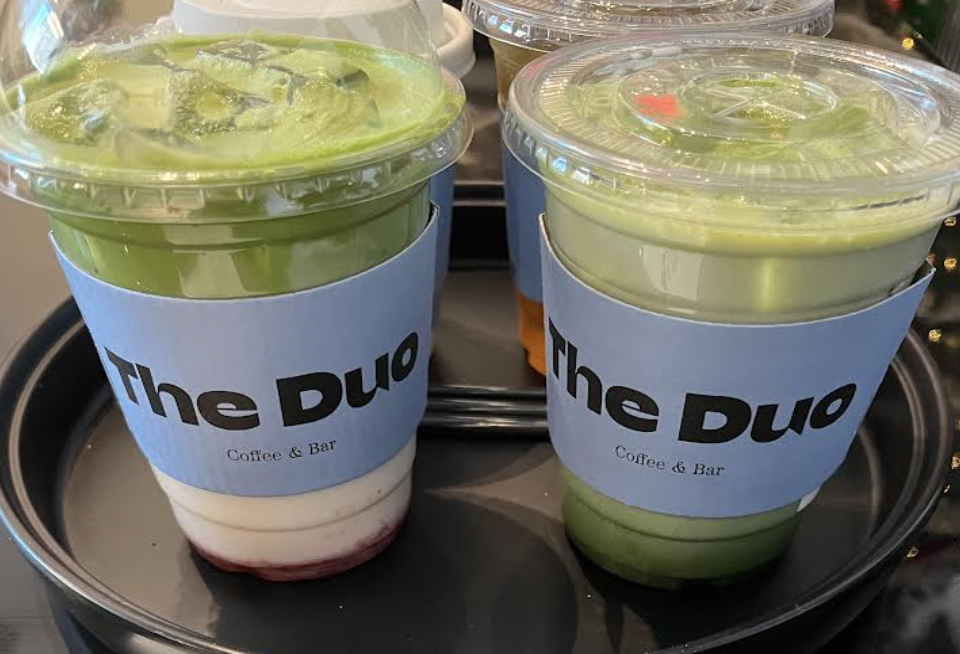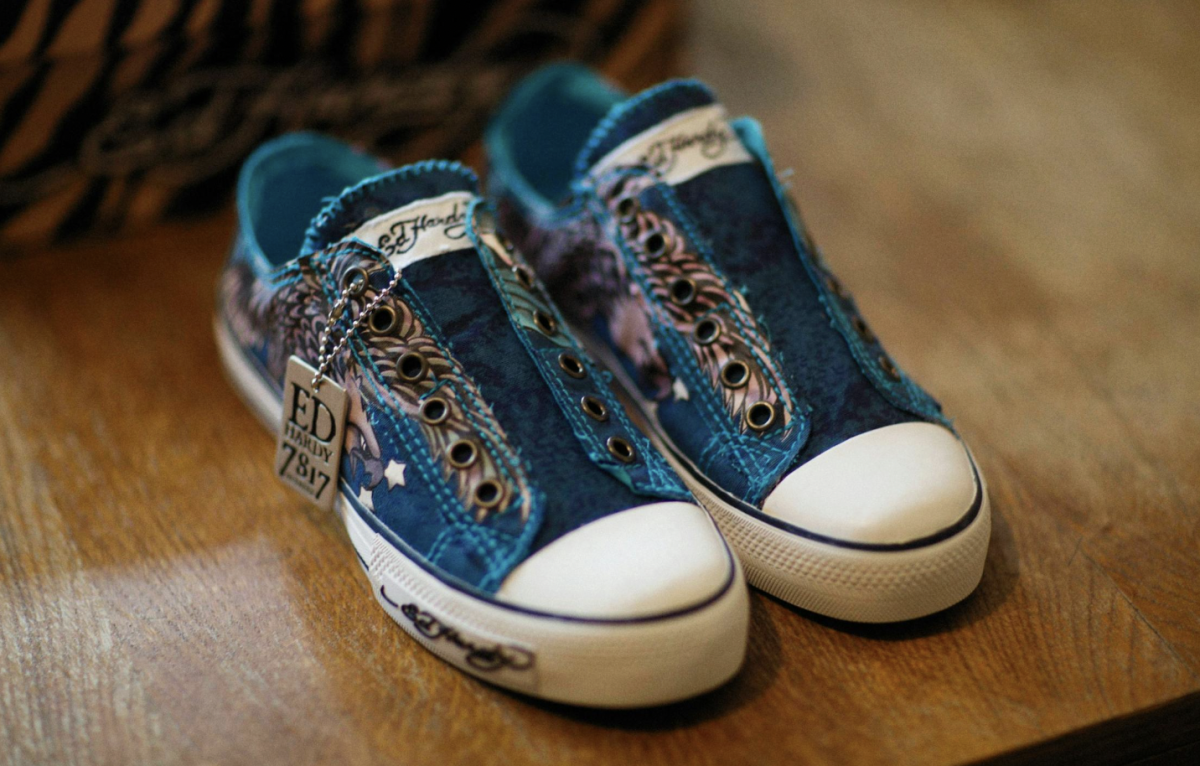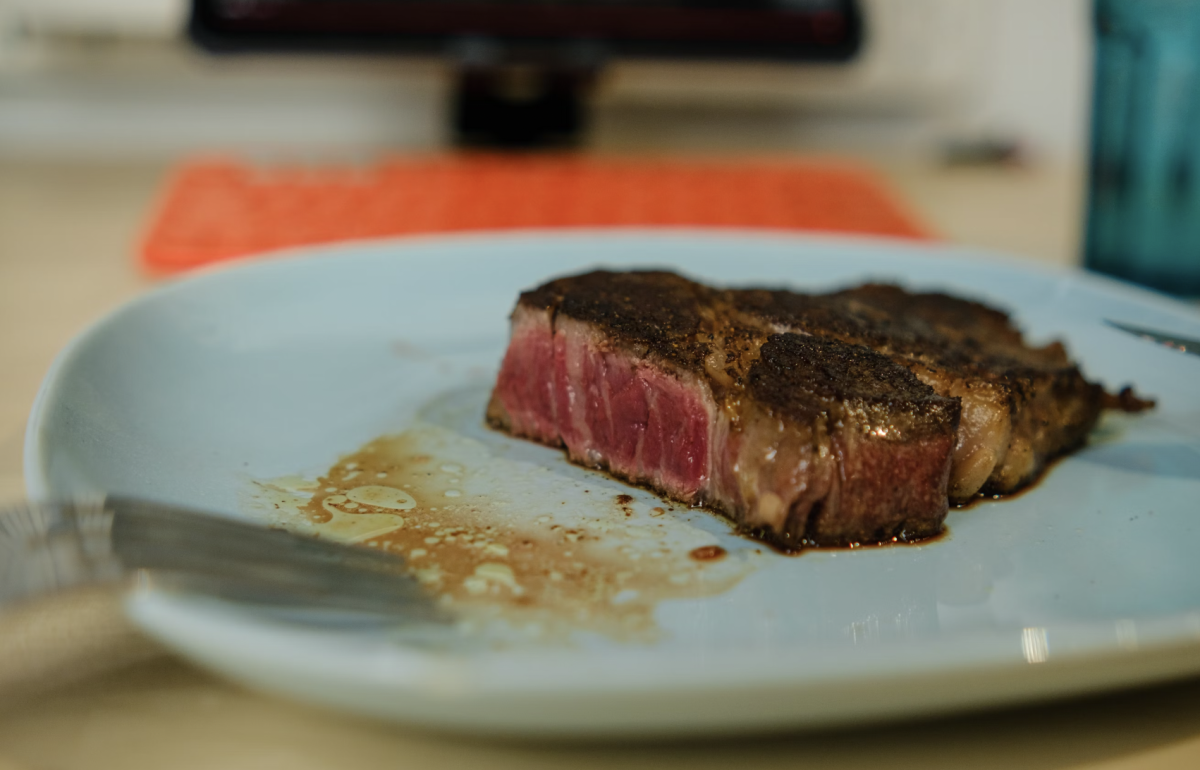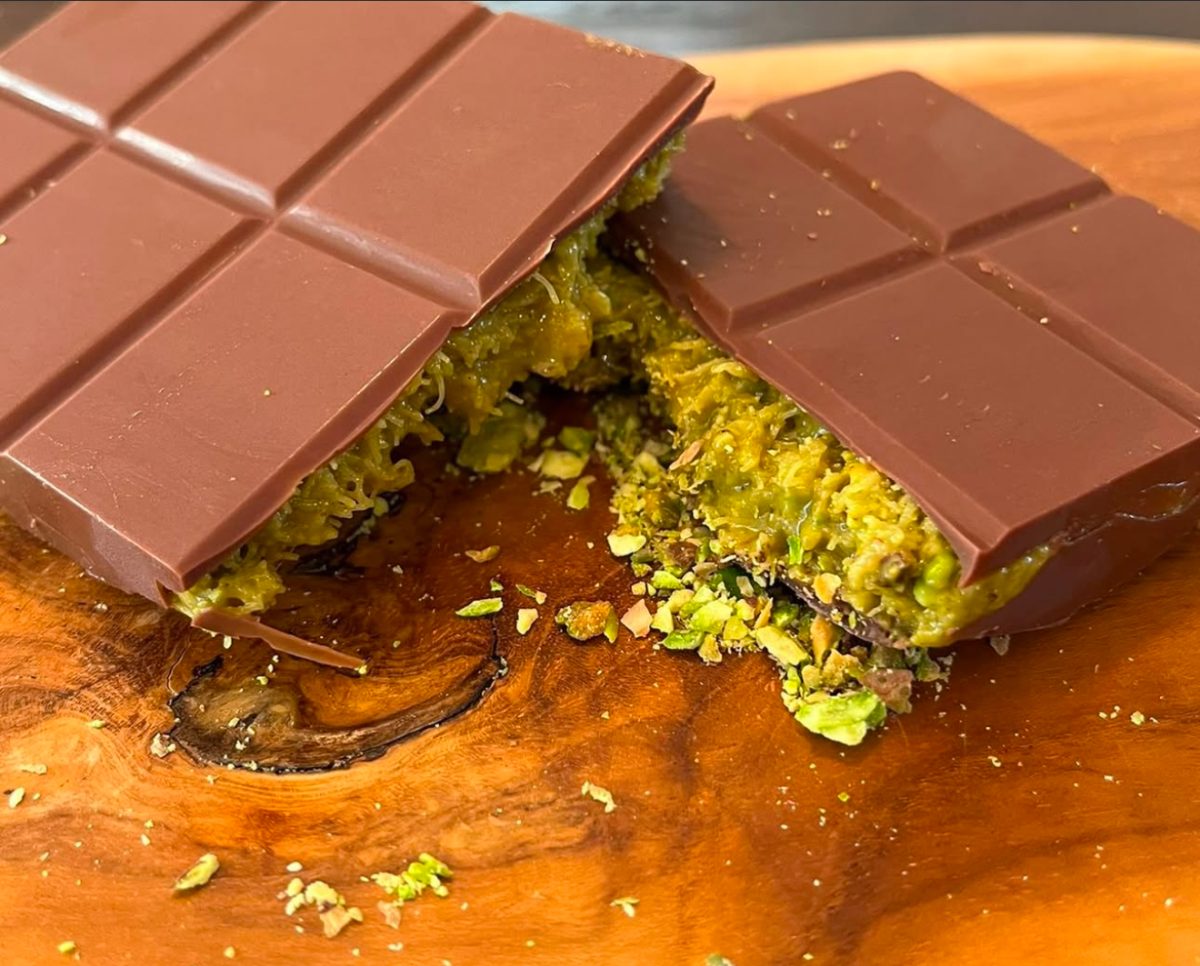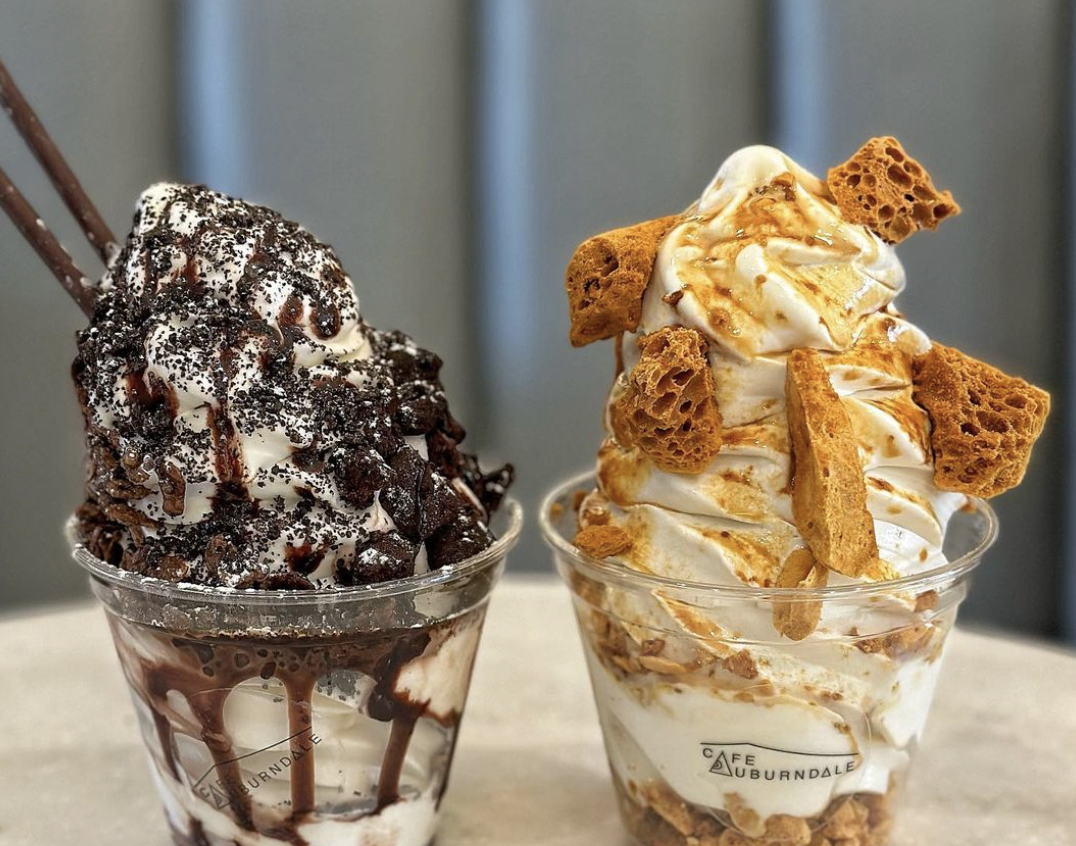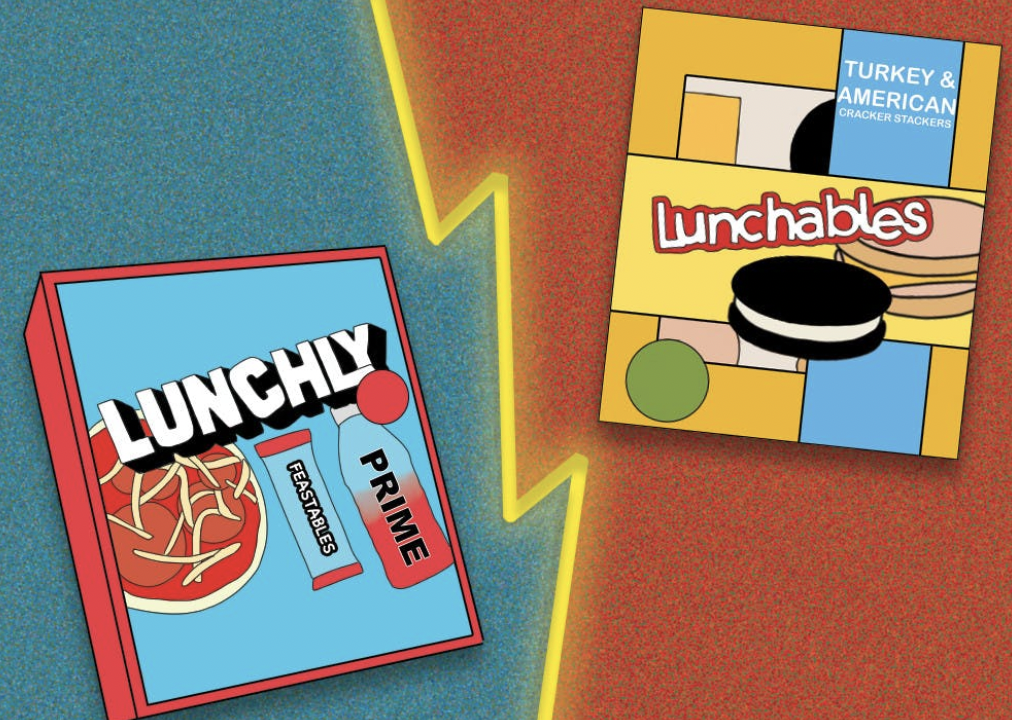Matcha lattes, matcha cakes, matcha ice cream – the flavor is all the rave in the U.S. Matcha’s alluring green color and earthy taste have attracted the attention of cafes and coffee shops across the country, becoming a best-seller in many. With social media promoting its hype, the matcha sensation continues to grow. But where did the tea come from, and why is it so popular?
Contrary to popular belief, Japan is not matcha’s country of origin. Despite being the world’s number one exporter, the trendy tea can be traced back to the 7th century during the Tang Dynasty in China. In order to be packaged for trade, tea leaves were steamed and then compressed into bricks. These bricks were broken up, ground into powder, and whisked with hot water for people to enjoy. This procedure remains the backbone of matcha preparation and is still used by people today.
That leaves the question: How did matcha wind up in Japan? In the 12th century, a Japanese monk named Eisai traveled to China to expand his knowledge of Buddhist teachings. Upon his return to Japan, he brought back matcha tea leaves and the popular Chinese practices of grinding tea powder and whisking. His trip would spark a generational boom that would come to characterize the world’s modern obsession with matcha.
In Uji, Japan, matcha was born. Uji farmers carefully cultivate tencha leaves during a 5 year process. Once the leaves are fully grown, they are harvested, then powdered and ready to be sold in markets. This entire process can take up to 8 years, with many farmers devoting their lives to the production of matcha powder.
For hundreds of years, the popularity of matcha declined in East Asia due to new tea variants such as Jasmine and Oolong. But matcha dramatically resurged in the 21st century, primarily due to celebrity endorsements and the rise of social media in the western hemisphere.
With its lush green aesthetic appearance, the health benefits of matcha have also contributed to its popularity. The tea contains powerful antioxidants that are known for reducing inflammation. Additionally, matcha’s antioxidants have the ability to prevent cancer by protecting human cells from DNA damage and combatting acne. Not only does it have antioxidants, studies show that matcha can also improve brain function and boost your immunity, which are crucial to human health.
In 2015, American actress Gwyneth Paltrow posted a matcha latte on her Instagram profile. Her post would garner 21,000 likes, with many of its viewers pointing out the green drink. Curious about matcha, Paltrow’s fans would go to their local coffee shops to purchase the latte for themselves. Thousands of pictures of the bright green beverage started appearing across the internet, sparking matcha’s emergence on menus in cafes. Other celebrities began to hop on the trend, including Kylie Jenner, Rihanna, and Justin Bieber, increasing its popularity enormously. The matcha craze expanded out of Asia and started to become more mainstream in the West.
However, it was only in 2024 that matcha truly became the queen of tea. The flavor’s popularity spiraled to the top after matcha lattes were plastered all over social media. The visual appeal of the tea and its umami flavor has attracted waves of matcha loyalists. With its surge in popularity, cafes have added matcha-flavored items to their menus. Cafe Blank Street Coffee’s viral strawberry shortcake matcha latte, has taken the internet by storm, with many praising its taste. 12 Matcha has elevated the matcha scene with its matcha-flavored desserts, pastries, lattes, and ice cream. Located in the Noho neighborhood, the cafe has been popularized by influencers on TikTok. Enticed by the visual aesthetics of the food, people wait in line for up to 2 hours as they anticipate the taste of 12 Matcha desserts. The strawberry shortcake matcha latte and Matcha 12 are just a few examples of matcha’s popular rule over social media.
But with the popularity of matcha, the demand has left Uji farmers overwhelmed. The long, tedious process of matcha cultivation results in a limited supply of the powder. As society has become technologically advanced, jobs in agriculture have become undesirable. With this in mind, there is a lack of agricultural labor in Japan. As the western hemisphere’s demand for matcha continues to grow, a much-feared matcha shortage is on the horizon.
With matcha’s fascinating history and health benefits, it’s no surprise that the tea powder has become the center of the internet’s attention. Now that its popularity has skyrocketed, this is every matcha lover’s sign to stock up on the green tea powder while they can!

